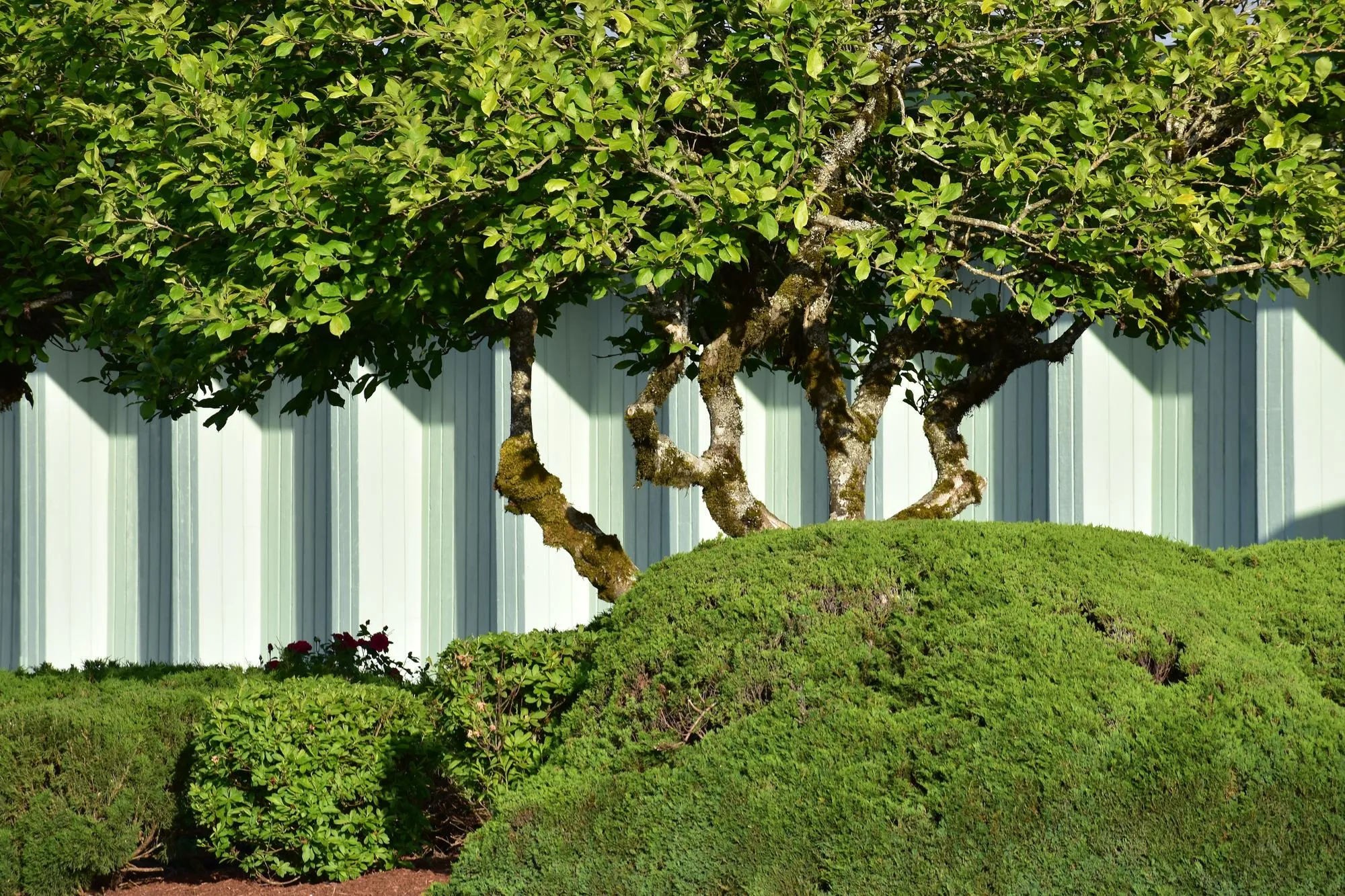Creating shade zones in your garden is a great way to make your outdoor space more comfortable during hot summer months, enhance your landscape design, and provide cooler areas for relaxation. Shade zones can help reduce your energy bills by cooling down your home and garden, and they also create a haven for outdoor activities. By using a combination of trees and hardscape features, you can design shaded areas that are both functional and aesthetically pleasing. In this post, we’ll explore how to create effective shade zones with trees and hardscape features.
Why Shade Zones Matter
Shade zones provide a respite from the heat, making your garden more comfortable in the summer. They can:
- Lower Ambient Temperature: Shade reduces the temperature of your outdoor space, making it more enjoyable to spend time outside, especially on hot days.
- Increase Comfort: Shade zones provide cooler areas for seating, dining, or resting, ensuring you and your family can enjoy your outdoor space comfortably.
- Energy Efficiency: By planting trees near your home, you can reduce direct sunlight exposure on windows, lowering air conditioning costs.
- Support for Wildlife: Shaded areas can attract beneficial wildlife, such as birds and insects, and provide shelter for local fauna.
Step 1: Selecting the Right Trees for Shade Zones
The first step in creating a shade zone is selecting the right trees. Different types of trees offer varying degrees of shade, and you need to consider your space, climate, and the amount of shade you want.
- Large Canopy Trees for Maximum Shade
- Maple (Acer spp.): Maples are excellent shade trees that provide dense canopy coverage. They are fast-growing and adapt well to various soil types and climates, making them a perfect choice for larger areas.
- Oak (Quercus spp.): Oaks are hardy, long-living trees that offer substantial shade. They are ideal for larger landscapes, providing thick foliage that helps cool the surrounding area.
- Beech (Fagus spp.): Beeches have broad leaves and dense canopies that create a cool, shaded environment. They are great for creating large, permanent shade zones.
- Medium-Sized Trees for Smaller Spaces
- Hornbeam (Carpinus betulus): A great choice for smaller gardens, hornbeam trees have attractive foliage and provide decent shade without becoming too large.
- Serviceberry (Amelanchier spp.): Serviceberries provide both aesthetic appeal and shade. They bloom in early spring and offer a light, airy canopy that provides relief from the sun.
- Evergreen Trees for Year-Round Shade
- Eastern White Pine (Pinus strobus): Evergreen trees like white pines provide year-round shade and shelter. These trees maintain their foliage in the winter, which means your shade zone can be enjoyed even during colder months.
- Douglas Fir (Pseudotsuga menziesii): Known for their tall stature and dense needles, Douglas firs are excellent for creating shaded spaces and can stand up to strong winds.
Step 2: Integrating Hardscape Features for Shade
Hardscape features not only provide structure to your garden but can also enhance your shade zones by offering places to sit, walk, or gather. Here are some ways to integrate hardscaping into your shaded areas:
- Pergolas and Gazebos
- Pergolas are perfect for creating a defined shaded area without completely blocking out sunlight. The open slats on a pergola allow for a dappled light effect, offering partial shade while still keeping the area light and airy. You can grow climbing plants like wisteria or ivy to further enhance the shade.
- Gazebos provide complete coverage, offering a more enclosed shaded area that can be used for dining, relaxing, or entertaining. They also add a focal point to your garden.
Consider custom deck & fence design services to integrate a pergola or gazebo into your landscape seamlessly.
- Shade Sails
- Shade sails are an innovative and modern way to create shade zones in your yard. These fabric structures can be hung above seating areas or walkways to provide temporary shade, and they come in various shapes and sizes to suit different spaces. Shade sails are ideal for patios or poolside areas where you want to create shaded zones without the need for permanent trees.
- Outdoor Pavers and Pathways
- Outdoor paving and pathways can be integrated with shaded areas to define spaces and add structure. Using natural stone or permeable pavers, you can create paths leading through shaded zones, inviting people to explore different parts of your garden while staying cool.
- If you’re creating shaded seating areas, consider adding a stone steps & staircases feature that leads up to a raised deck or patio, creating additional visual interest and functionality.
- Trellises and Vertical Gardens
- Trellises are perfect for supporting climbing plants that will provide additional shade. Vines like grapevines, morning glories, or clematis can grow over the trellis, creating a natural canopy of shade. These are great for smaller yards where you want to maximize space while still creating shade zones.
- You can also install outdoor lighting around trellises or shaded patios for a beautiful night-time effect, turning your shaded area into a cozy, relaxing outdoor room after the sun sets.
Step 3: Combining Trees and Hardscape Features
To create the best shade zones in your yard, consider combining trees with hardscape elements. This combination will give you both functional shade and aesthetic appeal.
- Tree Placement: When planting trees, consider placing them strategically around seating areas, pathways, or patio spaces. For example, a large canopy tree positioned near a custom deck or patio will naturally provide shade and help cool down the space.
- Hardscape and Trees Together: Incorporate trees near patios or outdoor dining areas to create natural shade without obstructing the flow of your garden. A stone path leading to a shaded seating area under a large tree will add both function and visual appeal.
Step 4: Maintenance and Care for Shade Zones
Once your shade zones are created, regular maintenance is necessary to keep the area functional and healthy. Here are some key maintenance tips:
- Watering and Mulching: Ensure your trees are properly watered, especially during dry spells. Mulch around the base of the trees to retain moisture and reduce competition from weeds.
- Pruning: Prune your trees regularly to maintain a healthy canopy and shape. For trees like oaks or maples, thinning the branches will improve air circulation and prevent disease.
- Hardscape Care: Clean your hardscape features, such as patios and pathways, regularly to prevent debris buildup. Pressure washing and minor repairs can ensure they remain in good condition.
Conclusion
Creating shade zones in your garden with trees and hardscape features is a smart and beautiful way to increase comfort and functionality in your outdoor space. Whether you’re planting large canopy trees or adding hardscape elements like pergolas, gazebos, or pavers, you can design a shaded oasis that provides relief from the heat and enhances the overall look of your garden. With proper care and thoughtful design, your shade zones will be the perfect place to relax and enjoy your yard, all year round.





